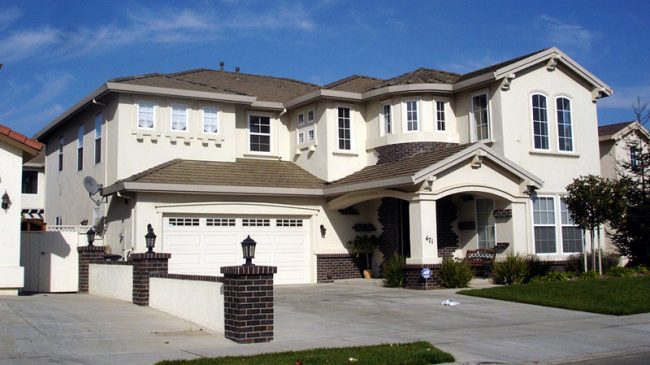The median sale price of a home in Orange County hit $543,000 in May, according to Data-Quick, a real-estate information service. Now imagine finding out you paid a hidden tax of $66,000 as part of the purchase price of your new home.
Most buyers would regard this as unfair, yet that is exactly what is already happening in a number of communities in Orange County and Los Angeles. The hidden tax is called “inclusionary zoning” – and a number of cities such as Brea, Laguna Beach, San Clemente and San Juan Capistrano have already implemented it.
Inclusionary zoning is a price control that requires homebuilders to sell a portion of new homes in a development at below-market prices. A typical ordinance caps the maximum home value for 10 to 20 percent of a development so that it is “affordable” to families with low to moderate incomes.
It sounds harmless enough, but proponents of these programs mislead the public when they say there is no cost to these ordinances. Someone must pay for the subsidized units. That someone is you, when you buy a home.
When a subsidy to each “affordable unit” is required for permission to build, the subsidy acts as a tax on the remaining market-rate homes. This tax can be quite large. In some cities such as San Juan Capistrano and Laguna Beach, our research show inclusionary zoning drives up housing prices by more than $100,000 for each market-rate home.
Builders pass on this tax to land- owners and market-rate homebuyers. If they cannot pass it on, they simply stop building and move to other jurisdictions. Exactly how the tax is split between landowners and homebuyers varies depending on market conditions. Our new Reason Foundation report estimates that the inclusionary tax adds $33,000 to $66,000 to the price of a new home in the median Orange County and Los Angeles jurisdiction.
Allowing new home production to keep up with demand is the key to keeping housing affordable for everyone. Unfortunately, inclusionary zoning does the opposite. When landowners and builders are forced to absorb part of the tax, it lowers the incentive to build new homes. In the eight Southern California cities with data available, we found that in the seven years after passing an inclusionary ordinance, new housing production decreased by 61 percent. That amounts to 17,296 fewer homes in those eight cities. Yet during that time inclusionary zoning in those eight cities led to only 770 “affordable” units.
Homebuyers and taxpayers have to question whether a paltry 770 units are worth the cost when it means some 17,296 fewer homes. By discouraging production of 17,296 homes in those eight cities, an estimated $11 billion worth of housing was essentially destroyed.
A housing production decrease of this magnitude forces buyers to bid up the price of both new homes and old. Housing becomes less affordable. Some might consider these costs worth it if the ordinances produced a significant number of “affordable units.” Unfortunately, they do not.
The average jurisdiction with inclusionary zoning produces only 34 “affordable” units per year. Are the few homes produced really worth this enormous cost?
A number of Southern California cities, including Los Angeles, are considering imposing affordable housing mandates. Voters and their representatives would do well to study the track record of the existing Southern California ordinances before they move forward. They will find that inclusionary zoning acts as a tax, raises the price of most homes, produces few units and actually makes most housing less affordable.
Benjamin Powell, Ph.D. and Edward Stringham, Ph.D. are professors of economics at San Jose State University.
